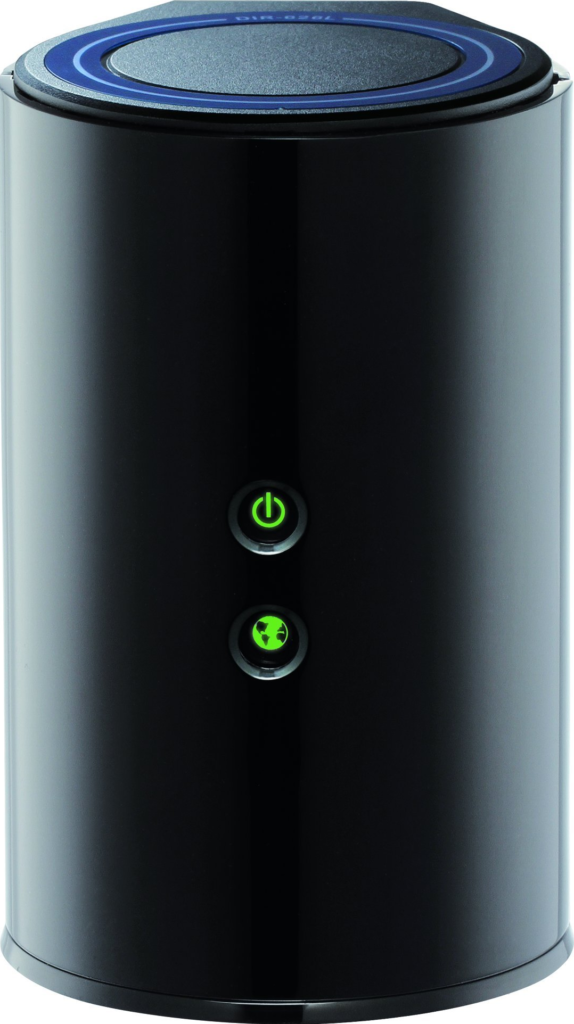Introduction:
Router firmware is the software that runs on your router and controls its functions. Keeping your router’s firmware up to date is important for ensuring optimal performance, security, and compatibility with your internet service provider. In this blog post, we will discuss the importance of updating your router’s firmware and provide step-by-step instructions for updating the firmware on popular router brands, including TP-Link, Huawei, and ASUS.
Why You Should Update Software in Your Router:
Updating your router’s firmware can provide a number of benefits, including:
- Improved security: Manufacturers often release firmware updates to fix known security vulnerabilities. By updating your router’s firmware, you can protect your network and connected devices from potential cyber threats.
- Enhanced performance: Firmware updates can also improve the overall performance of your router, including faster speeds and better connectivity.
- Bug fixes: Manufacturers may release firmware updates to fix bugs and other issues that can cause your router to malfunction.
- Compatibility: Updating your router’s firmware can also ensure compatibility with your internet service provider and other connected devices.

How to Update TP-Link Router:
Updating the firmware on a TP-Link router is a simple process that can be done through the router’s web interface. Follow these steps:
- Open a web browser and enter the IP address of your router in the address bar. The default IP address for TP-Link routers is usually 192.168.1.1.
- Enter your router’s username and password. The default login information can be found in the router’s user manual.
- Navigate to the “Firmware Upgrade” section of the router’s web interface.
- Click the “Check for Updates” button to see if a newer version of the firmware is available.
- If a newer version is available, click the “Upgrade” button to begin the firmware update process.
- Wait for the update to complete and then reboot your router.
How to Update Huawei Router:
Updating the firmware on a Huawei router is similar to the process for updating a TP-Link router. Follow these steps:
- Open a web browser and enter the IP address of your router in the address bar. The default IP address for Huawei routers is usually 192.168.1.1.
- Enter your router’s username and password. The default login information can be found in the router’s user manual.
- Navigate to the “Firmware Upgrade” section of the router’s web interface.
- Click the “Check for Updates” button to see if a newer version of the firmware is available.
- If a newer version is available, click the “Upgrade” button to begin the firmware update process.
- Wait for the update to complete and then reboot your router.
How to Update ASUS Router:
Updating the firmware on an ASUS router is similar to the process for updating other router brands. Follow these steps:
- Open a web browser and enter the IP address of your router in the address bar. The default IP address for ASUS routers is usually 192.168.1.1.
- Enter your router’s username and password. The default login information can be found in the router’s user manual.
- Navigate to the “Firmware Upgrade” section of the router’s web interface.
- Click the “Check for Updates” button to see if a newer version of the firmware is available.
- If a newer version is available, click the “Upgrade
How to Update Router in General:
- Check for updates: The first step in updating your router’s firmware is to check if there is an update available. This can usually be done by logging into your router’s web interface or through a mobile app provided by the manufacturer.
- Download the update: Once you have determined that an update is available, download it to your computer or mobile device.
- Install the update: The next step is to install the update on your router. This can typically be done through the router’s web interface or by using a firmware update utility provided by the manufacturer.
- Reboot the router: After the update is installed, it’s important to reboot your router to ensure that the new firmware is properly loaded.
Note: It is always recommended to read the manufacturer’s manual before updating the router, as the steps may vary depending on the brand and model of the router.
Conclusion:
Keeping your router’s firmware up-to-date is crucial for ensuring optimal performance, security, and compatibility. By following the steps outlined in this blog post, you can easily update your router’s firmware and keep your network running smoothly. Remember to always refer to your router’s manual for specific instructions and always make a backup before updating the firmware.
